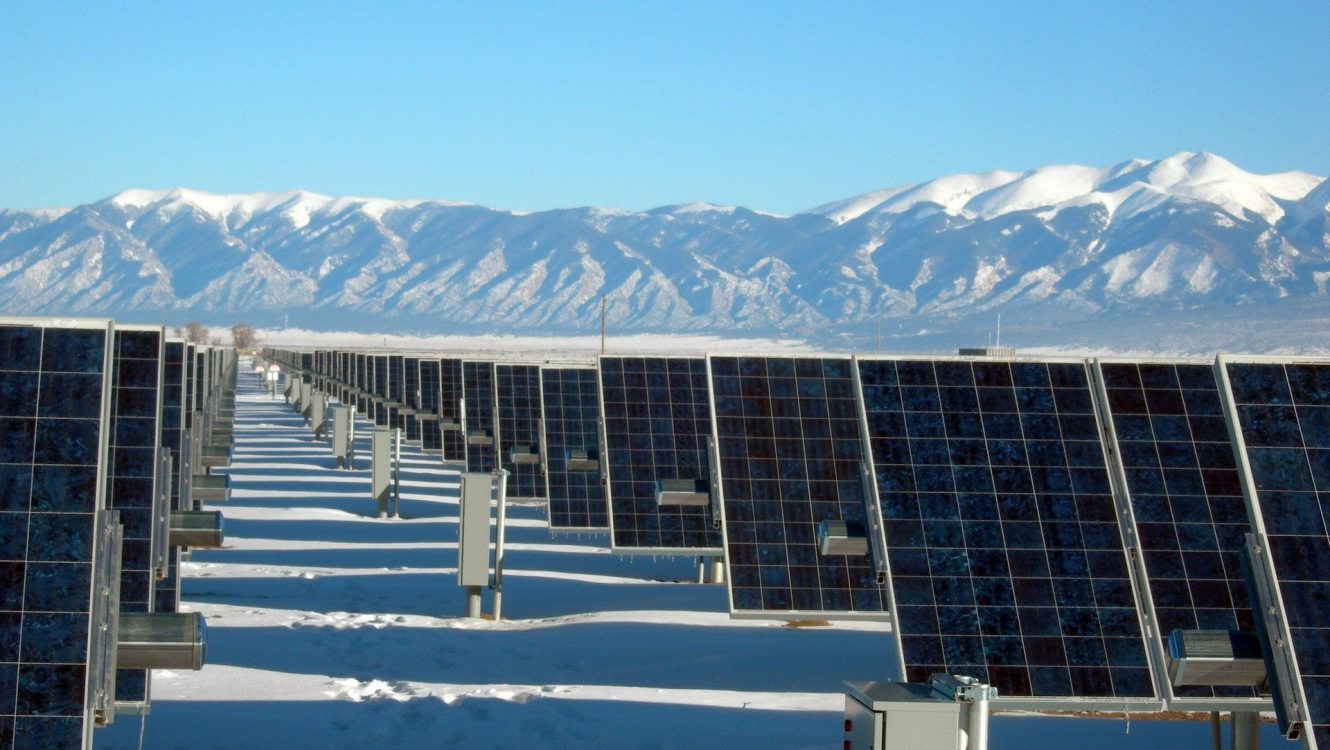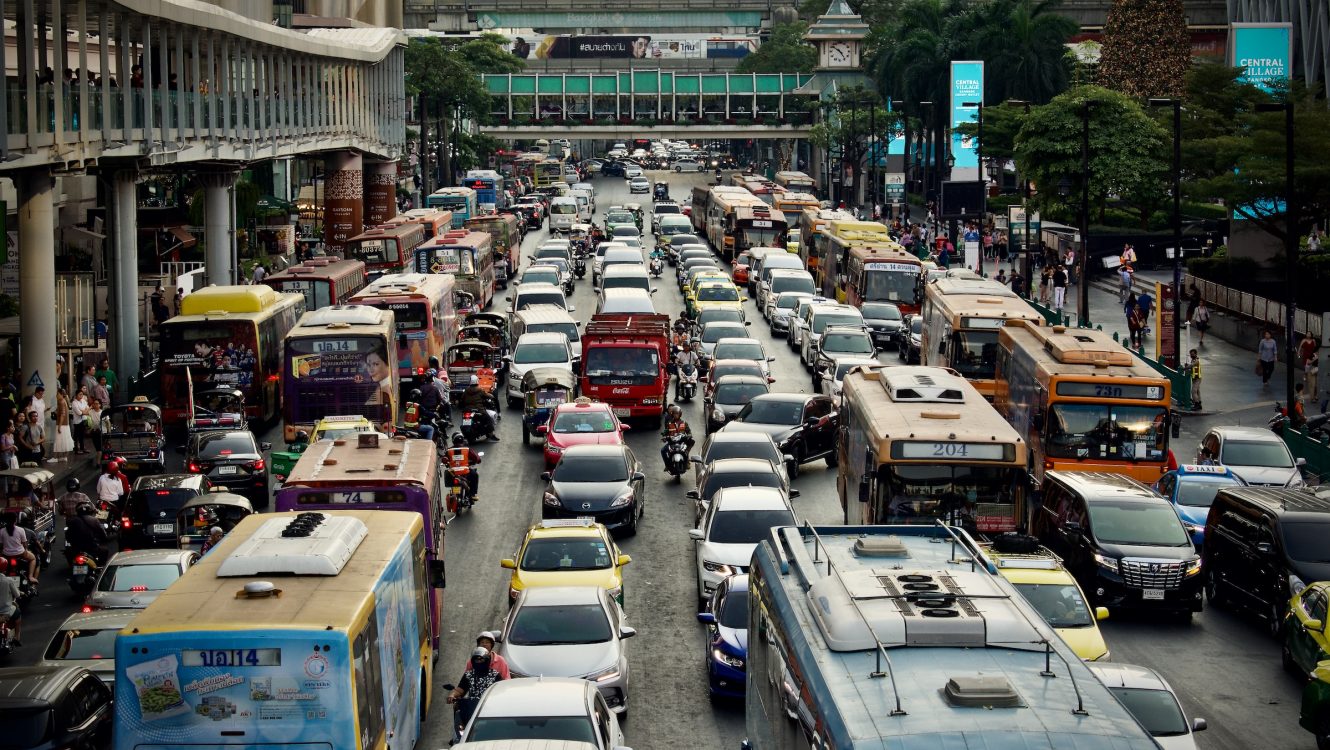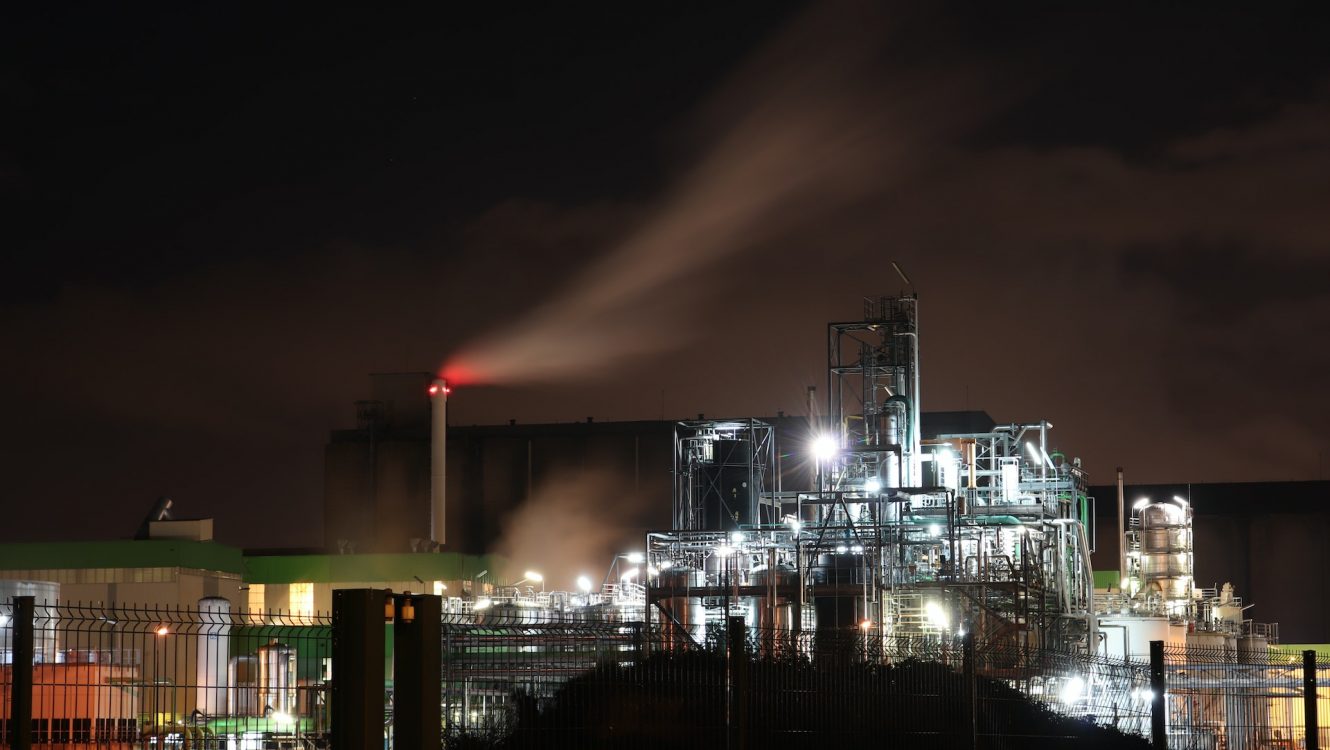Rising Temperatures: From Alert to Action
As the world stares down the alarming reality of 2023 potentially becoming the hottest year on record, one of the most pressing questions that loom large is: Are we, as a global community, prepared for this unprecedented heat? The catastrophic results of the blistering temperatures witnessed this summer serve as a grim reminder of the human costs and the urgent need for climate action.
A Searing Human Toll
Record-breaking temperatures have swept the world, leaving behind an alarming number of casualties. With more than 3,000 heat-related deaths in Germany and 400 excess deaths in France during the August heatwave, the numbers are staggering. The prolonged and scorching heatwaves not only claimed lives but also ravaged the landscapes. Greece, for example, battled against an uncontrollable blaze in its Dadia National Park, making it the largest single wildfire recorded in the EU. The Canary Islands, not typically accustomed to such extremes, witnessed temperatures of 38C in early October, prompting school closures in regions without air conditioning.
The Paralysis of Fear and Confusion
Dr Kris De Meyer, of the University College London Climate Action Unit, pinpointed one of the fundamental issues hampering climate action: the nature of climate communication. As he stated before the House of Lords, the urgency-filled messaging that has branded the climate crisis a “code red for humanity” has been counterproductive in many ways. Instead of galvanising people into action, the fear-based narratives have led to paralysis, denial, anxiety, and fragmented public opinion.
It’s a situation not dissimilar to the analysis paralysis where too many choices or too much information freezes one’s ability to decide. The question is no longer just about understanding the gravity of the problem but about what practical solutions individuals and communities can adopt.
Building A Resilient Mindset
Dr Meyer advocates for a solution-focused approach to climate communication. Drawing a parallel with the COVID pandemic, he suggests that fear, when supplemented with clear, actionable, and effective solutions, can drive positive change. Stories of individuals, communities, and businesses that have adopted climate-friendly practices, he argues, can inspire collective action. It’s a sentiment echoed by Dr Lucy Hubble-Rose of UCL’s Climate Action Unit, who believes in the power of engagement between various stakeholders – from scientists and policymakers to businesses and citizens – in framing a cohesive climate action narrative.
Cities at the Forefront
Urban areas, being hubs of population and economic activities, face an increased vulnerability to extreme temperatures. How cities adapt and evolve in the face of climate change is pivotal. Some of the measures discussed include the implementation of early warning systems, which can be instrumental during heatwaves or flooding. Ecosystem restoration, through methods like reforestation, can augment carbon absorption and safeguard communities against natural disasters.

Furthermore, the architecture of cities will also need a climate-resilient overhaul. Using materials that can withstand extreme temperatures, incorporating urban forests for a cooling effect, and designing efficient drainage systems will become indispensable. Alexandre Florentin’s Paris at 50C project, which envisages a thermally renovated Paris with heat-reflective rooftops, is a testament to such forward-thinking urban planning.
Conclusion
As the Euronews panel of experts convenes to dissect and discuss the implications of 2023’s soaring temperatures, one thing is clear: The road to a sustainable future demands both macro and micro-level interventions. The need of the hour is not just cohesive policies, but a united global community, each member of which feels empowered and equipped to tackle the impending climate challenges. The daunting prospect of a hotter 2023 may well be the clarion call that galvanises humanity from a state of inertia to dynamic, concerted action.
©globalgreenhouse.eu






















